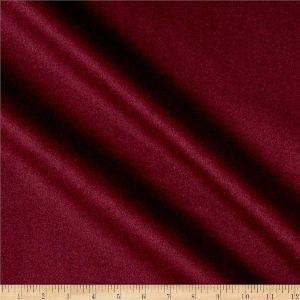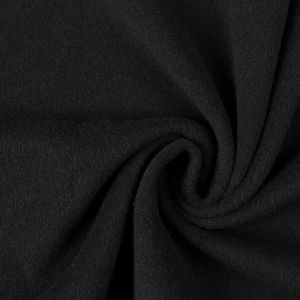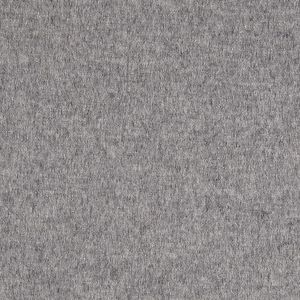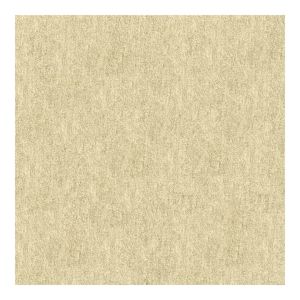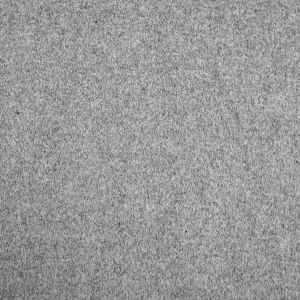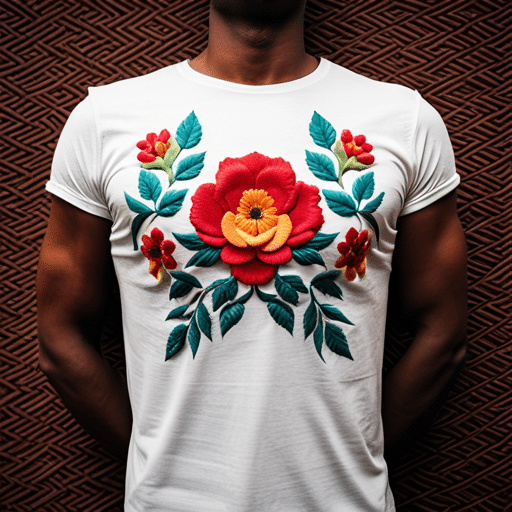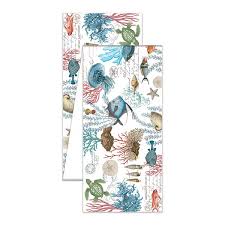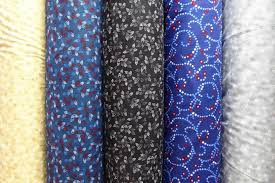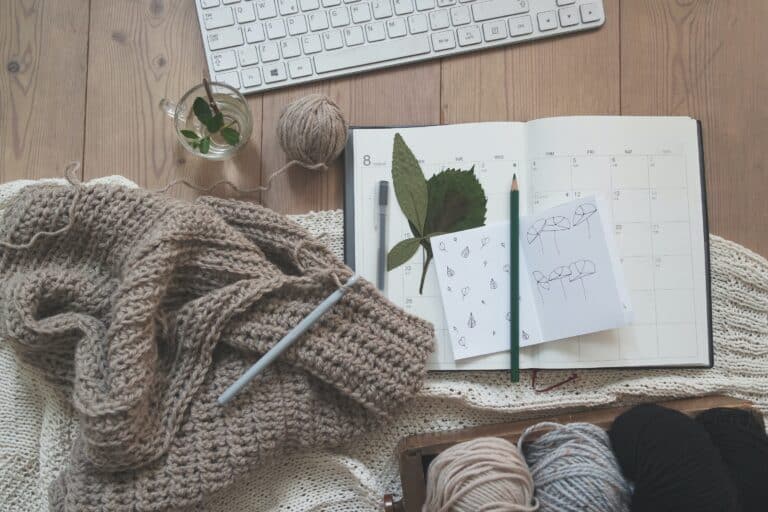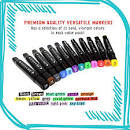Cashmere Fabric: History, Properties, Uses, Care, Where to Buy
Cashmere fabric is considered one of the softest and most luxurious fabrics in existence. Made from the hair of a special goat, the soft nature of the fabric makes it a perfect suit for sweaters, scarves, and other light cold gear.
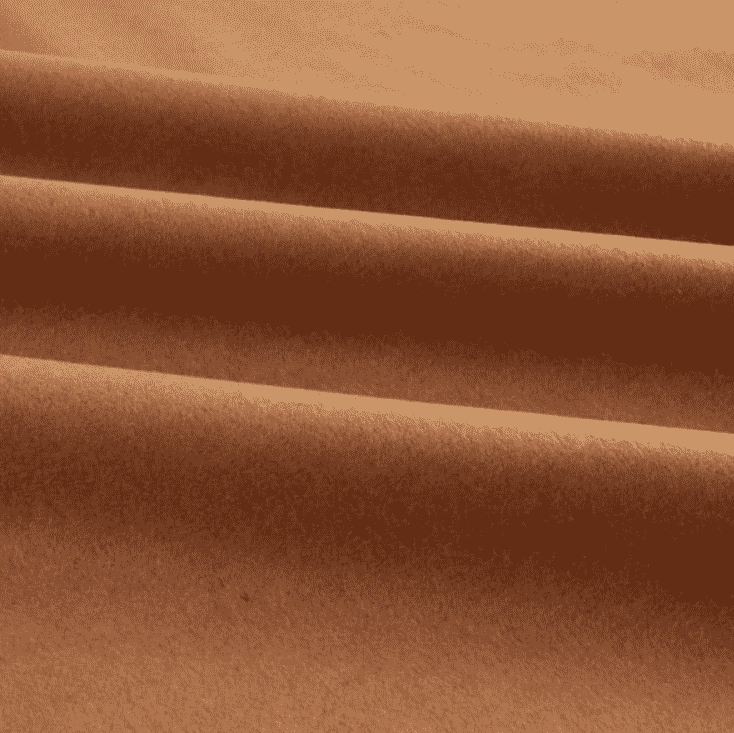
Table of Contents
- 1 KEY TAKEAWAY
- 2 What is the History of Cashmere Fabrics?
- 3 Properties of Cashmere
- 4 How is Cashmere Fabric Made?
- 5 Where is Cashmere Fabric Made?
- 6 Common uses of Cashmere Fabric
- 7 How to care for Cashmere Fabric
- 8 Where to buy Cashmere Fabric
- 9 Best Cashmere Fabrics
- 10 Cashmere Fabric Buyer’s Guide
- 11 Conclusion
KEY TAKEAWAY
- Cashmere fabric has a rich history dating back to ancient times, with its origins in Mongolia and the Kashmir region.
- Cashmere fabric is known for its luxurious softness, excellent draping qualities, and heat retention properties.
- Cashmere fabric is primarily made from the hair of cashmere goats, and it is commonly used in daily and winter wear, as well as for sewing projects.
What is the History of Cashmere Fabrics?
Before recorded history, cashmere goats were bred in Mongolia and the Kashmir region. There are references to this fabric dating back to the 3rd century BC, and there is evidence that cashmere wool manufacture dates back even further.
Trading with Turkestan introduced cashmere wool to the Middle East, and from there, ancient trade lines took this extremely soft Fabric to European courts and beyond. Cashmere wool became particularly popular in France, and merchants risked their lives to bring the famous material back to the expanding European market.
Cashmere wool production had become a major industry throughout Europe by the 19th century, and the trading of this wool product brought economic benefits to all.
Properties of Cashmere
- Highly breathable fabric
- Has moisture-wicking properties
- Heat retention properties
- Excellent draping qualities and soft texture
- It is stretchable and comfortable
- Vulnerable to pilling and bubbling
- Cannot be printed using Fabric printers
How is Cashmere Fabric Made?
Cashmere goats are used to produce cashmere wool for apparel. Cashmere goats have a double fleece with a fine, delicate undercoat of hair mixed in with a straighter, coarser outer coating of hair called guard hair.
Making the fabric from the goats is a five-step short process. First and foremost, the fully coated goats are sheared, and their wool is assembled. Then their wool is cleaned to remove any impurities it might have. The wool fibers are then combed into groups of straight-line fibers.
The carded group’s fibers are made into yarn by being fed into a machine that twists these fibers. Afterward, the cashmere yarn is cleaned and can be woven into any fabric, garment, etc. Also, another process that also utilizes wool economically is De-hairing.
De-hairing is a mechanical procedure for separating coarse and fine hairs. It separates the two layers of hair, allowing the finer underside to be sold and refined further.
The resulting cashmere is ready to be dyed and transformed into textile yarn, fabrics, and garments which can be done by hand using hand sewing needles or Sewing Machines. The goats’ remaining long, coarse hair is usually clipped. The hair can then be used for other non-apparel purposes.
Where is Cashmere Fabric Made?
Cashmere wool is now primarily manufactured in China, but the Central Asian countries still have a booming cottage cashmere business. Cashmere production is expected to rise in tandem with global population growth and poverty reduction, and China will likely remain the primary cashmere exporter for the foreseeable future.
Common uses of Cashmere Fabric
Cashmere fabric is a luxurious fabric used for various outfits and apparel.
Daily and winter wear
Cashmere fabric is used to make wearing apparel like jumpers, jackets, scarfs, socks, blankets, gloves, and other winter apparel. The luxury fabric is perfect for fashionable coats and shawls and is preferred by designers like Ralph Lauren and many other Italian designers.
You can also have customizable dresses with various different sewing patterns, embroidery, and textures. Make outfits to fit your taste and needs as well. Cashmere is also famous for being used to make Pashmina Shawls.
Sewing with Cashmere
Since it is considered a luxurious commodity, cashmere needs to be handled quite delicately when stitched or sewed on. The fabric’s surface may serve as a hindrance, so it’s better to use tailor chalks like washable markers and a good sewing desk. E.g., South shore . One of the best sewing desks available.
The Fabric should be sewed tautly but without stretching the fabric. Using appropriate sewing needles can make the task much easier. A common example is the universal needle or craft needle for woven Fabric and stretch needle for Knits. The sewing thread used should be a silk thread, 50-weight or higher, or one can also make do use of cotton threads.
Consequently, the right set of sewing notions supplies is needed to cater to the soft and delicate nature of the cashmere fabric. To ensure the product made is appealing and exquisite to one’s eye.
How to care for Cashmere Fabric
Cashmere is a delicate fabric that requires special attention.
- Hand-wash your cashmere in clean 30°C water
- Cashmere should not be washed with detergents.
- Rinse thoroughly in clean 30°C water after washing
- Drying cashmere with a tumble dryer or rubbing it is not recommended.
- Lay it flat to dry, away from direct heat and sunlight.
- For ironing, set your iron on the “low” setting and flip your cashmere inside-out, spreading it evenly on your ironing board to avoid creases or shiny areas which come about if the iron is pressed for too long.
Hence, using a shark iron could serve as beneficial like the Shark GI435. It ranked number one in the top 5 shark irons review on Teach You To Sew, which will make the job a lot easier.
Where to buy Cashmere Fabric
Cashmere or Kashmir fabric can be bought at various fabrics and garment shops. Consumers can also buy it through online retailers. E.g., Amazon or fabric.com, which have the best quilting fabrics as well as sewing fabrics available, with a variety of other tools as well.
Cashmere fabric can be used to make a range of beautiful projects, from garments like coats, jackets and skirts to home decorations like window treatments and accessories like purses and blankets. Cashmere fabrics are expensive because of their high quality and durability, so it is important to take time to consider a range of factors so that you can choose the best fabric for your project. This buying guide will help you do that.
Best Cashmere Fabrics
Here are our cashmere fabric reviews.
1. Tuva Textiles Wool Cashmere Blend
This Tuva Textiles fabric is a blend of 70% wool, 20% nylon, and 10% cashmere. It is available in six different solid colors and is sold by the yard, so you can get exactly as much fabric as you need for your project. This fabric is perfect for making warm garments such as coats and jackets.
- wool/cashmere blend
- 58 inches wide
- Dry clean only
2. Italian Designer Wool Cashmere Blend Fabric
This wool/cashmere blend is a great fabric for use in creating coats because it is thick, yet very soft to the touch. It should be dry cleaned only. This luxury fabric is great to add a distinctive touch to any project.
- 55% wool/ 25% cashmere
- Soft and thick
- Dry clean only
3. Ralph Lauren Home Austyn Cashmere Melton Wool
This Ralph Lauren wool/cashmere blend is a beautiful, heavyweight fabric which is suitable for use on a range of home decor projects, from window treatments to pillows to blankets. It should be cared for by dry cleaning. The fabric is 59 inches wide and is sold by the yard.
- 80% wool, 20% cashmere
- Heavy weight
- 59 inch width
4. Kravet Couture Cashmere Blend Fabric
This Kravet cashmere blend fabric is 36% viscose, 34% linen, 26% wool and 4% cashmere. It is suitable for projects such as window treatments, upholstery, pillows and bedding. It should be cleaned by dry cleaning only.
- Very heavyweight
- Woven fabric
- Cut to order
5. Fancy Wool Cashmere Blend Fabric
This wool cashmere blend fabric is heavy in weight, but very soft and supple. It is a great choice for making garments such as skirts, pants or coats. The fabric should be cared for by dry cleaning only.
- 70% wool, 20% nylon, 10% cashmere
- Heavy weight
- Cut to order
Cashmere Fabric Buyer’s Guide
When selecting a cashmere fabric for any type of project, there are several important factors to consider. It is especially important to carefully select cashmere fabric because it is an expensive type of fabric. It also should be cared for only by dry cleaning, which is something to consider before using this fabric on a project which would require heavy use. This buying guide will help you select the best type of cashmere fabric for your project, whether it be a garment like a coat or an accessory or home decoration project.
The first factor to consider when selecting a cashmere fabric is the blend of fibers it contains. A higher percentage of cashmere in the blend gives a more soft and supple feel, but it also means the fabric will be more expensive. Fabrics which contain less cashmere and more of other fibers such as wool, nylon or linen can be less expensive options, which makes them more suitable for larger projects such as coats, blankets and upholstery which require more fabric.
Another factor to consider when selecting a cashmere fabric is what type of project you want to use it for. Some cashmere blends are heavy weight, which makes them great for creating warm coats. Other projects require a medium weight fabric, such as pants, skirts or suit jackets, which would be unsuitable to a very warm and heavy fabric. Cashmere fabrics are also used for upholstery and blankets, where a more heavy and durable weight of fabric might be desired.
This buying guide will help you consider all the factors you need to in order to select the best cashmere fabric for any type of project you have in mind, from home decoration to garments to accessories.
Recommended Reading:
- Chapter 1: The 7 Sewing Essentials for Beginners
- Chapter 2: The Beginner’s Guide to Sewing Machines
- Chapter 3: The Ultimate Guide to Setting up your Sewing Room
- Chapter 4: Everything You Need To Know About Sewing
- Chapter 5: Sewing Fabric 101: A Virtual Tour of the Fabric Store
Conclusion
Cashmere is a luxurious and delicate fabric that has been long-lasting for decades. A piece of cashmere apparel can last a lifetime if properly cared for. While cashmere wool is more expensive than other varieties of wool, it is softer and finer, providing an immediate sensation of comfort and luxury to the wearer.
While animal fibers such as wool have become less popular due to animal rights concerns, there is no viable synthetic substitute for cashmere, making it a valuable and economically sustainable fabric in the textile market.
You might also be interested in:
Sources


